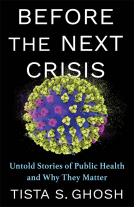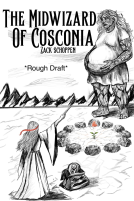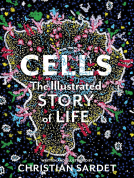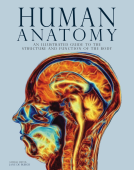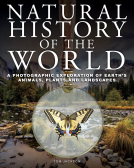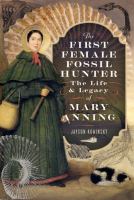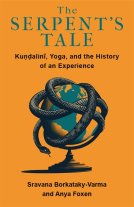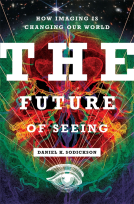
The Secret World of Denisovans
The Epic Story of the Ancient Cousins to Sapiens and Neanderthals
by Silvana Condemi; François Savatier
This title was previously available on NetGalley and is now archived.
Send NetGalley books directly to your Kindle or Kindle app
1
To read on a Kindle or Kindle app, please add kindle@netgalley.com as an approved email address to receive files in your Amazon account. Click here for step-by-step instructions.
2
Also find your Kindle email address within your Amazon account, and enter it here.
Pub Date 19 Aug 2025 | Archive Date 18 Aug 2025
Talking about this book? Use #TheSecretWorldofDenisovans #NetGalley. More hashtag tips!
Description
In December 2010, scientists discovered a fragment of a finger bone in the remote, isolated Denisova Cave in Siberia. To their surprise, the bone contained neither Homo sapiens nor Neanderthal DNA. Rather, the fast-advancing science of paleogenetics revealed that the DNA came from a previously unknown species of hominids—the Denisovans (as they almost immediately came to be called)— who shared a common ancestor with both Neanderthals and Homo sapiens.
This first and subsequent Denisovan fossil discoveries required paleoanthropologists, including world-leading researcher and author Silvana Condemi, to reconsider their understanding of our ancestors and their successive prehistoric migrations out of Africa and into and throughout Eurasia tens of thousands of years ago.
Leading us through the excavation of Denisova Cave, the sequencing of the Denisovan genome, and recent fossil research, Condemi and her coauthor, science journalist François Savatier, explore how the Denisovans migrated throughout Asia and with whom they interacted along the way, as well as the comparisons and divergences between the evolutionary processes of Denisovans and our other ancestor cousins, Neanderthals. They help us to understand and appreciate how today’s inhabitants of East Asia—from Siberia to the Philippines— carry up to 5 percent of Denisovan DNA, and they revise the epic story of our ancient human ancestors’ immense journeys as they peopled our planet.
Available Editions
| EDITION | Other Format |
| ISBN | 9798893030709 |
| PRICE | US$30.00 (USD) |
| PAGES | 272 |
Links
Available on NetGalley
Average rating from 35 members
Readers who liked this book also liked:
Carine Laforest;
Children's Fiction
We Are Bookish
Historical Fiction, Literary Fiction, Multicultural Interest
Dan Pausback
Computers & Technology, Religion & Spirituality, Self-Help
Sravana Borkataky-Varma; Anya Foxen
Health, Mind & Body, Nonfiction (Adult), Religion & Spirituality

